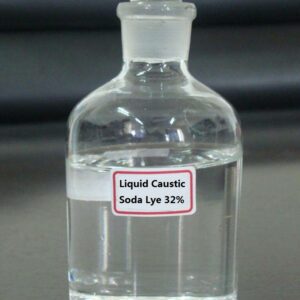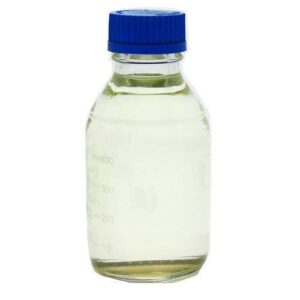Description
🔬 Specifications of Copper Oxychloride [Cu: 58% Min]
| Property | Specification |
|---|---|
| Chemical Name | Copper Chloride Hydroxide (Copper Oxychloride) |
| Chemical Formula | CuCl₂·3Cu(OH)₂ |
| Copper Content (Cu) | ≥ 58% |
| CAS Number | 1332-65-6 |
| Appearance | Fine green powder |
| Moisture Content | ≤ 1.0% |
| Solubility | Practically insoluble in water |
| Bulk Density | ~0.7–0.9 g/cm³ |
| Formulation Types | WP (Wettable Powder), DF (Dry Flowable) |
| Packaging | 25 kg bags, 500 kg bulk bags |
| Shelf Life | 2 years when stored in dry, cool conditions |
🌿 Applications of Copper Oxychloride in Agriculture
1. Fungicide for Crop Protection
Copper oxychloride is highly effective against a wide range of fungal diseases, including:
-
Downy mildew
-
Early and late blight
-
Anthracnose
-
Leaf spots
-
Rusts and scabs
It is commonly used on crops like tomatoes, potatoes, grapes, citrus fruits, mangoes, and beans.
2. Bactericide
Due to its copper content, it is also effective against bacterial infections, especially in vegetables and orchard crops, controlling pathogens like Xanthomonas and Pseudomonas.
3. Ornamental and Horticultural Use
Used for maintaining disease-free ornamental plants, shrubs, and flowers in nurseries and greenhouses.
✅ Key Benefits of Copper Oxychloride
-
✔️ High copper concentration (≥58%) ensures effective disease control
-
✔️ Prevents fungal spores from germinating, offering long-lasting protection
-
✔️ Low water solubility provides residual action without rapid wash-off
-
✔️ Compatible with many other pesticides in tank mixes
-
✔️ Safe for most crops when used as per recommended dosage
⚠️ Safety and Handling
-
Store in a cool, dry area, away from direct sunlight
-
Use gloves, mask, and protective eyewear during application
-
Avoid inhalation and skin contact
-
Dispose of unused product and containers responsibly
-
Keep out of reach of children and animals
📌 Conclusion
Copper Oxychloride [Cu: 58% min] is a proven and powerful fungicide with a broad spectrum of action and strong residual effects. Its high copper content makes it an ideal choice for preventing fungal and bacterial diseases across a wide range of crops. Economical, effective, and easy to apply, it remains a staple in modern integrated pest management practices.

![Copper Chloride Hydroxide/Copper Oxychloride [Cu: 58% min]](https://mjrdchemhome.com/wp-content/uploads/2025/04/camachem_-_cupric_acid_copper_oxychloride_1_.jpg)
![Copper Chloride Hydroxide/Copper Oxychloride [Cu: 58% min] - Image 2](https://mjrdchemhome.com/wp-content/uploads/2025/04/camachem_-_cupric_acid_copper_oxychloride_6_.jpg)
![Copper Chloride Hydroxide/Copper Oxychloride [Cu: 58% min] - Image 3](https://mjrdchemhome.com/wp-content/uploads/2025/04/camachem_-_cupric_acid_copper_oxychloride_5_.jpg)
![Copper Chloride Hydroxide/Copper Oxychloride [Cu: 58% min] - Image 4](https://mjrdchemhome.com/wp-content/uploads/2025/04/camachem_-_cupric_acid_copper_oxychloride_4_.jpg)
![Copper Chloride Hydroxide/Copper Oxychloride [Cu: 58% min] - Image 5](https://mjrdchemhome.com/wp-content/uploads/2025/04/camachem_-_cupric_acid_copper_oxychloride_3_.jpg)
![Copper Chloride Hydroxide/Copper Oxychloride [Cu: 58% min] - Image 6](https://mjrdchemhome.com/wp-content/uploads/2025/04/camachem_-_cupric_acid_copper_oxychloride_2_.jpg)



